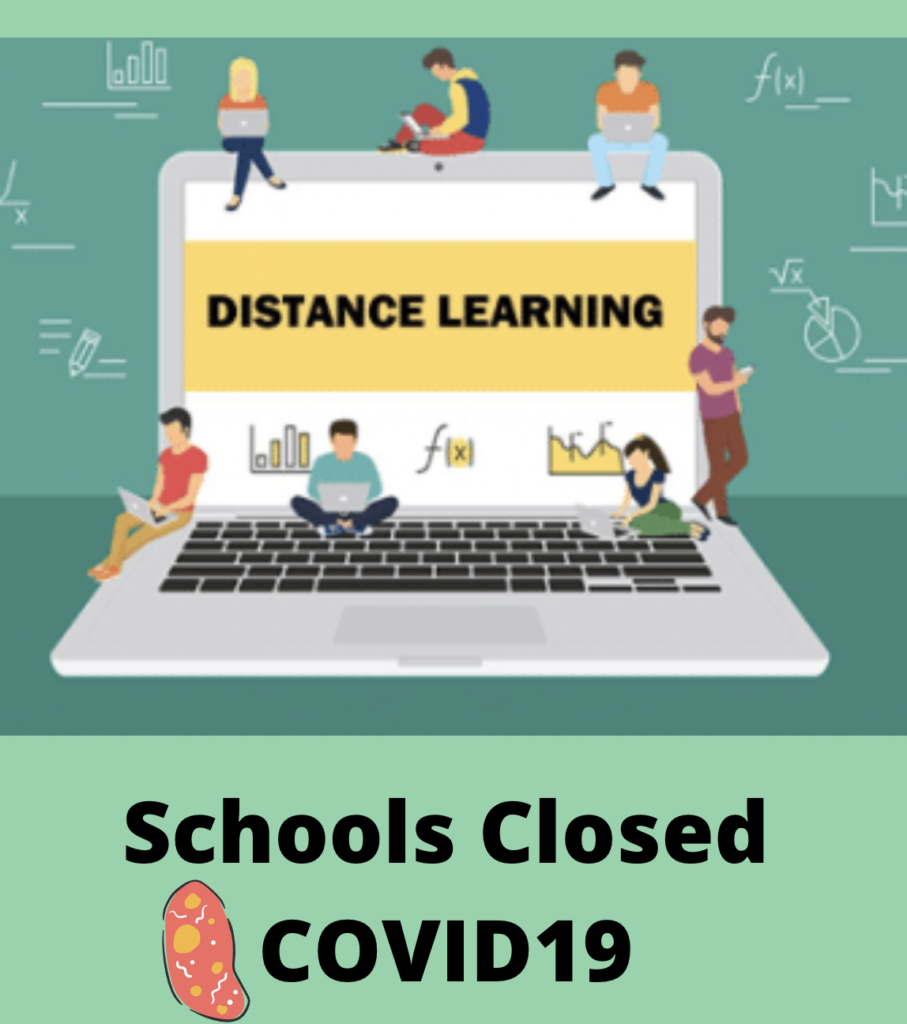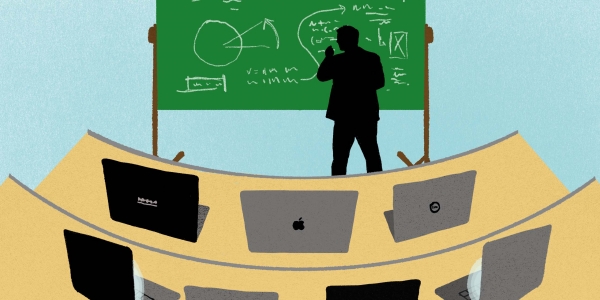The recent global pandemic known as COVID19 has affected every industry, forcing furloughs, business closures, government stimulus packages and the necessity for employees to work from home. As schools attempt to delve into the distance learning model, many tech. enabled schools are well equipped to roll out a distance learning plan however non-tech. enabled schools are struggling to find ways to deliver instruction. Across the board, schools are facing the challenge to serve students online when it wasn’t the plan.

In private catholic schools across America, administration teams, school leaders and pastors are meeting (virtually) with diocesan superintendents, district leaders, and partners to assess plans, receive demonstrations on platforms and resources and have roundtable discussions on how to better serve the students entrusted to our care. As one of the newest schools in the District of Eastern North America, Brothers of the Cristian Schools community, Saint John Paul II Academy in Boca Raton, FL has benefited from receiving support, recommendations and instruction, not only form the 19 diocesan schools in West Palm Beach but also from the 41 ministries in the Lasallian District. Through numerous webinars, discussions with counterparts at other schools and learning about what has and has not worked, our school of 400 students and 33 faculty have developed a distance learning plan that will leverage the prominent technology resources out there (including live video conference sessions) as well as relying heavily on our faculty and their expertise in their respective fields. A collection of educational resources that have been made more accessible to schools and educators in light of COVID 19 is available for immediate access here. This list was compiled by faculty and staff from across the US in catholic education institutions.
No doubt, there are numerous aspects of a school that cannot be replicated in a distance model or online format. The face to face, teacher observation and immediate response from a teacher are lost through the webcam. The student to student collaboration, while arguably more accessible with digital apps, is diminished and dependant on self-discipline and maturity. Extracurricular activities also suffer from a lack of physical presence on school grounds, however, they are not entirely at a loss. Many clubs and organizations can continue to meet virtually and fulfill objectives and goals. Student Government, Model UN, and other clubs that are based on the Socratic meeting style can still perform their discussions and initiatives remotely. Service-based clubs will need to identify ways to perform community activities in ways that comply with meeting restrictions and do not depend on school facility access. School spirituality and prayer, which is integral to the culture and identity of so many Catholic schools, is another area that is difficult to replicate on a distance learning platform. Services like Youtube, Zoom, Instagram live and other platforms, have provided a way of reaching our students and now their families for an opportunity to strengthen our community even more. One important aspect of the plan rolled out by Saint John Paul II Academy was to continue to provide students with reasonable access to a familiar routine focused on the student’s education, in mind, body, and spirit. Our days and classes always begin with prayer, and now that initial morning prayer will absolutely be shared with our whole community.
Cochrane, E., & Fandos, N. (2020, March 25). Congress and White House Strike Deal for $2 Trillion Stimulus Package. Retrieved from https://www.nytimes.com/2020/03/25/us/politics/coronavirus-senate-deal.html
Hussein, F. (2020, March 25). Covid-19 Forces Employers to Weigh Layoffs Versus Furloughs. Retrieved from https://news.bloomberglaw.com/daily-labor-report/covid-19-forces-employers-to-weigh-layoffs-versus-furloughs
